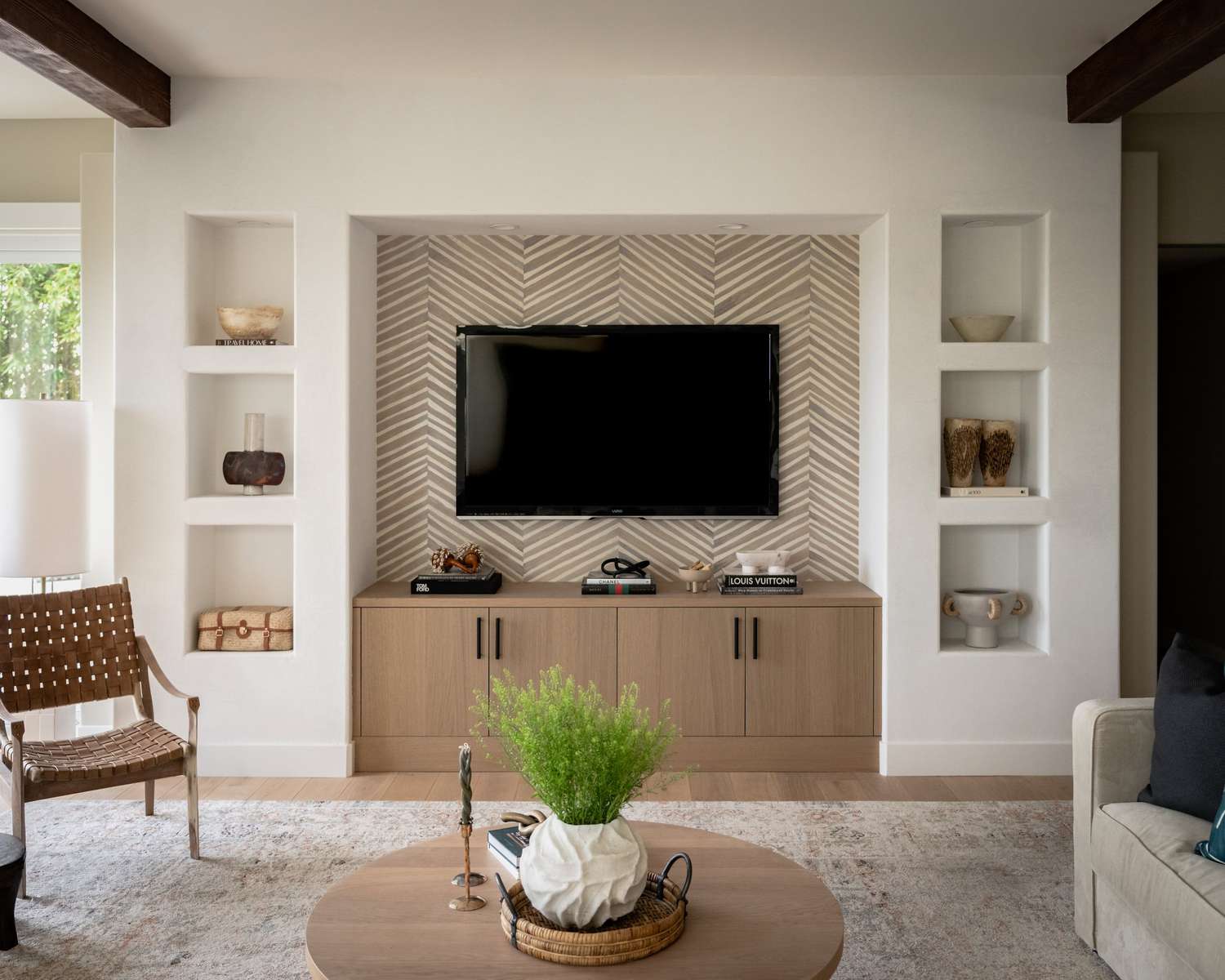

Articles
Where Should A TV Be Placed In A Living Room
Modified: January 8, 2024
Learn the best tips and ideas for placing your TV in a living room with these informative articles. Create the perfect setup for your viewing pleasure.
(Many of the links in this article redirect to a specific reviewed product. Your purchase of these products through affiliate links helps to generate commission for Storables.com, at no extra cost. Learn more)
Introduction
When it comes to designing a living room, one important element that often takes center stage is the television. The placement of the TV in the living room is crucial as it significantly impacts the overall viewing experience and the aesthetic appeal of the space. Finding the perfect spot for your TV requires careful consideration of various factors, such as viewing angles, room layout, and size.
In this article, we will explore the factors to consider when placing a TV in a living room and the different placement options available. We will also discuss the importance of considering viewing experience and room layout when deciding where to position your TV. Lastly, we will provide some best practices to help you achieve the ideal TV placement in your living room.
Whether you prefer movie nights with friends, binge-watching your favorite shows, or simply relaxing with some popcorn and your preferred streaming service, finding the right spot for your TV is crucial to create an immersive and enjoyable entertainment space.
Key Takeaways:
- Optimal TV placement in the living room requires considering viewing angles, room layout, and size to create an immersive and enjoyable entertainment space while maintaining a visually appealing environment.
- Factors such as eye level placement, distance from seating, reducing glare, and harmonizing with room design are crucial for achieving the perfect TV placement in the living room, enhancing the overall entertainment experience.
Factors to Consider When Placing a TV
Before diving into the different placement options for your TV, it’s essential to consider several factors that can greatly influence your viewing experience and the overall aesthetic of your living room.
1. Viewing Angles: The angle at which you view your TV plays a vital role in ensuring a comfortable and immersive experience. The TV should be positioned at eye level when seated, preventing any strain on your neck or eyes. Consider the height of your furniture and adjust the TV’s placement accordingly.
2. Glare and Lighting: Pay attention to the lighting conditions in your living room. Avoid placing the TV directly opposite windows to minimize glare and reflections on the screen. If you have no other option, invest in curtains, blinds, or adjustable lighting fixtures to control the amount of light entering the room.
3. Distance from Seating: The distance between the TV and your seating area is essential for the optimal viewing experience. A general rule of thumb is to have a distance of about 1.5 to 2.5 times the display size. For example, if you have a 50-inch TV, the seating area should be around 75 to 125 inches away.
4. Room Acoustics: Consider the acoustics of your living room when placing the TV. Avoid positioning it too close to walls or corners, as it can create uneven sound distribution. Optimal speaker placement and proper soundproofing can greatly enhance the audio experience.
5. Cable Management: It’s essential to plan for cable management when deciding on the TV’s placement. Conceal cables and wires using cable management solutions, such as conduit tubes, cable covers, or in-wall wiring, to keep your living room looking neat and organized.
By carefully considering these factors, you can ensure that the placement of your TV in the living room creates an optimal viewing experience while maintaining a visually appealing space.
Placement Options for TV in the Living Room
Now that you understand the important factors to consider, let’s explore the various placement options available for your TV in the living room.
1. Wall Mounting: Wall mounting your TV is a popular option as it saves floor space and provides a sleek and modern look. Consider a sturdy and adjustable wall mount that allows you to tilt and swivel the TV to achieve the desired viewing angles. Make sure to follow the manufacturer’s instructions and use appropriate wall anchors to ensure a secure installation.
2. TV Stand or Entertainment Center: Placing your TV on a stand or entertainment center is a classic and versatile option. Look for a stand or center that complements your living room’s style and provides ample storage for media devices and accessories. Ensure that the stand is wide enough to accommodate your TV’s size and that it is positioned at an appropriate height for comfortable viewing.
3. Built-In Shelves or Media Wall: If you have the budget and space, consider incorporating built-in shelves or a media wall into your living room design. This option not only provides a dedicated space for your TV but also allows for seamless integration with other elements such as speakers, gaming consoles, and decorative items.
4. Corner Mounting: If you have limited wall space or an unconventional room layout, corner mounting can be a viable option. There are corner-specific TV mounts available that allow you to position the TV at the optimal viewing angle while utilizing the corner of the room. This option maximizes space and creates a unique focal point in your living room.
5. Fireplace Placement: Many homeowners choose to place the TV above a fireplace for a visually appealing and space-saving arrangement. However, this can pose challenges in terms of viewing angles and heat exposure. Consider using a mount that allows you to lower the TV when in use and raises it when the fireplace is in operation to maintain a comfortable viewing experience and protect your electronics.
When deciding on the placement option for your TV, consider the room layout, available space, and your preferences in terms of aesthetics and functionality. It’s important to strike a balance between maximizing viewing experience and creating a visually pleasing living room.
TV Placement Considerations based on Viewing Experience
When it comes to TV placement in the living room, considering the viewing experience is crucial for an immersive and enjoyable entertainment setup. Here are some important considerations to keep in mind:
1. Optimal Viewing Angle: The TV should be positioned at a comfortable viewing angle, allowing everyone in the room to have a clear line of sight to the screen. Avoid placing the TV too high or too low, as it can strain necks and eyes. Position it at eye level when seated to ensure a comfortable viewing experience for everyone.
2. Distance from the Seating Area: The distance between the TV and the seating area affects the overall viewing experience. If the TV is too close, it can result in a strained viewing experience, while being too far may diminish the impact of the visuals. Find a balance by considering the size of the TV and the room dimensions to determine the ideal distance.
3. Sound Considerations: In addition to visual experience, audio plays a crucial role in creating an immersive entertainment setup. Ensure that the TV placement allows for optimal sound distribution. Avoid placing the TV too close to walls or corners, as it can impact sound quality. Consider additional speakers or a soundbar for enhanced audio experience.
4. Viewing Angles for Everyone: Consider the seating arrangement in your living room and ensure that everyone has a good viewing angle. If there are multiple seating areas or if your living room has an open layout, consider a swivel mount that allows the TV to be adjusted to different angles. This way, everyone can enjoy a clear view of the screen, regardless of their position.
5. Screen Size and Resolution: The size and resolution of the TV can greatly impact the viewing experience. Larger screens allow for a more immersive experience, but ensure that it doesn’t overwhelm the room or make the viewing distance too uncomfortable. Additionally, consider the resolution of the TV to ensure crisp and clear visuals, especially if you plan on watching high-definition content.
By taking these considerations into account, you can optimize the TV placement in your living room to enhance the viewing experience for yourself, your family, and your guests. A well-placed TV ensures that everyone can enjoy their favorite shows, movies, and games to the fullest.
The TV should be placed at eye level when seated, with minimal glare from windows or light sources. Consider the viewing angles from different seating areas in the room.
TV Placement Considerations based on Room Layout and Size
When it comes to placing your TV in the living room, the layout and size of the room play a crucial role in determining the ideal placement. Here are some considerations to keep in mind:
1. Room Layout: Consider the layout of your living room when deciding where to position your TV. Take into account the location of windows, doors, and other furniture. Ensure that the TV is placed in a central and focal point of the room so that everyone has a clear view from different seating areas.
2. Room Size: The size of the room will influence the size of the TV and its placement. In a smaller living room, opt for a smaller TV that doesn’t overpower the space. Consider wall mounting to save floor space. In a larger living room, a larger TV may be suitable, but be mindful that it doesn’t dominate the room or make it difficult to arrange the furniture effectively.
3. Traffic Flow: Consider how people move around the room and ensure that the TV placement doesn’t hinder the flow of traffic. Avoid placing the TV in a high-traffic area where people may obstruct the view or bump into it. Position it in a way that allows for easy movement and comfortable seating arrangement.
4. Room Proportions: Take into account the proportions of the room when determining the TV placement. If the room has low ceilings, avoid mounting the TV too high as it can make the space feel cramped. In rooms with high ceilings, consider placing the TV at an appropriate height to ensure optimal viewing angles and a balanced aesthetic.
5. Focal Point: If your living room has a natural focal point, such as a fireplace or a large window, consider incorporating the TV into this focal point. This can create a harmonious and visually appealing arrangement. Position the TV in a way that complements and balances the existing focal point rather than competing with it.
By considering the layout and size of your living room, you can find the right TV placement that maximizes the space, creates a visually appealing setup, and ensures comfortable viewing for everyone in the room.
Read more: Where To Place A Mirror In The Living Room
Best Practices for TV Placement in the Living Room
Now that we’ve discussed the factors to consider and the various placement options based on viewing experience, room layout, and size, let’s summarize some best practices to help you achieve optimal TV placement in your living room:
1. Eye Level Placement: Position the TV at eye level when seated to ensure a comfortable viewing experience for everyone. This helps prevent strain on the neck and eyes, allowing for prolonged enjoyment of your favorite content.
2. Distance from Seating: Consider the recommended viewing distance based on the size and resolution of your TV. Strive to find a balance between being close enough to immerse yourself in the visuals and being far enough to maintain a comfortable viewing distance.
3. Reduce Glare: Minimize glare and reflections on the screen by avoiding placing the TV directly opposite windows or other light sources. If necessary, use curtains, blinds, or adjustable lighting to control the amount of light entering the room.
4. Cable Management: Keep cables and wires organized and hidden to maintain a clean and clutter-free living room. Utilize cable management solutions such as conduit tubes, cable covers, or in-wall wiring to prevent them from becoming an eyesore.
5. Consider Room Acoustics: Take into account the acoustics of your living room when placing the TV. Avoid placing it too close to walls or corners, as it can affect sound quality. Consider additional speakers or sound systems to enhance the audio experience.
6. Harmonize with Room Design: Choose a TV placement option that harmonizes with the overall design and style of your living room. Whether it’s wall mounting, using a stand or entertainment center, or incorporating built-in shelves, ensure that it blends seamlessly with the existing furniture and décor.
7. Test Your Setup: Before finalizing the TV placement, test different viewing angles and positions to ensure the best possible experience. Sit in different seating areas and assess the visibility and comfort from each spot. Make any adjustments as needed to optimize the setup.
Remember, the goal is to create a living room that is both functional and visually appealing. By following these best practices and considering the specific needs of your space, you can achieve the perfect TV placement that enhances your entertainment experience and complements your overall living room design.
Conclusion
Choosing the right placement for your TV in the living room is a critical decision that can greatly impact your viewing experience and the overall aesthetic of the space. By considering factors such as viewing angles, room layout, and size, you can create an immersive and enjoyable entertainment setup.
When placing your TV, ensure that it is positioned at eye level when seated to avoid strain on the neck and eyes. Consider the distance from the seating area to find the optimal viewing experience. Minimize glare and reflections by avoiding direct placement opposite windows or light sources.
Room layout and size play pivotal roles. Position the TV in a central and focal point of the room, taking into account the flow of traffic and the existing focal points, such as fireplaces or windows. Balance the proportions of the room and create a harmonious setup that complements your living room’s design.
Incorporating best practices, such as cable management to keep wires concealed and considering room acoustics for optimal sound distribution, can enhance your overall TV placement. Test different viewing angles and positions to ensure maximum comfort and visibility from different seating areas.
Remember that the ultimate goal is to create a living room that seamlessly blends functionality and aesthetics. Finding the perfect placement for your TV sets the stage for immersive entertainment experiences, whether you’re watching movies, TV shows, or playing games with friends and family.
By taking the time to consider these factors and best practices, you can achieve the ideal TV placement in your living room. So sit back, relax, and enjoy your favorite content in a space that is tailored to your needs and preferences.
Frequently Asked Questions about Where Should A TV Be Placed In A Living Room
Was this page helpful?
At Storables.com, we guarantee accurate and reliable information. Our content, validated by Expert Board Contributors, is crafted following stringent Editorial Policies. We're committed to providing you with well-researched, expert-backed insights for all your informational needs.
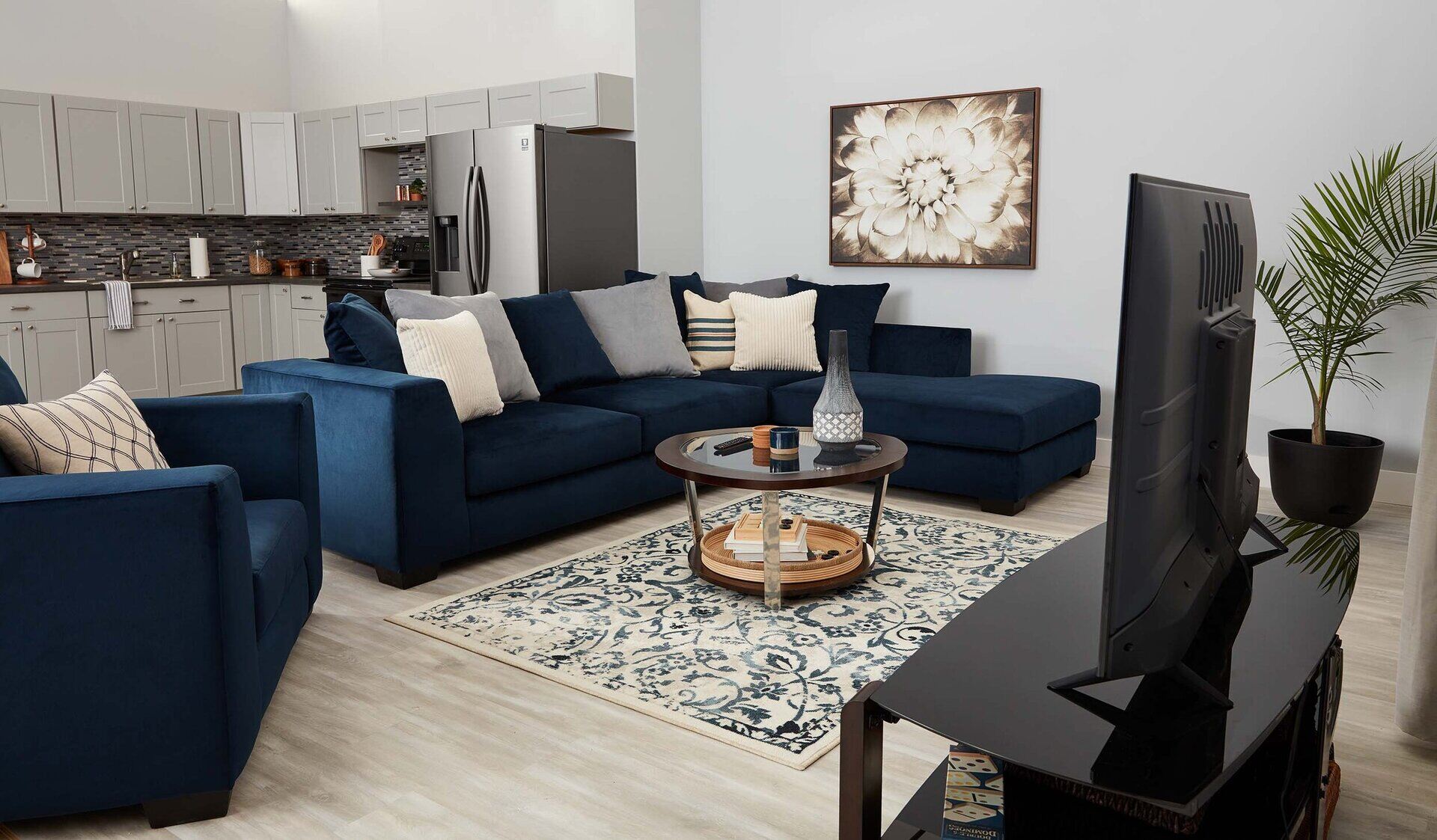
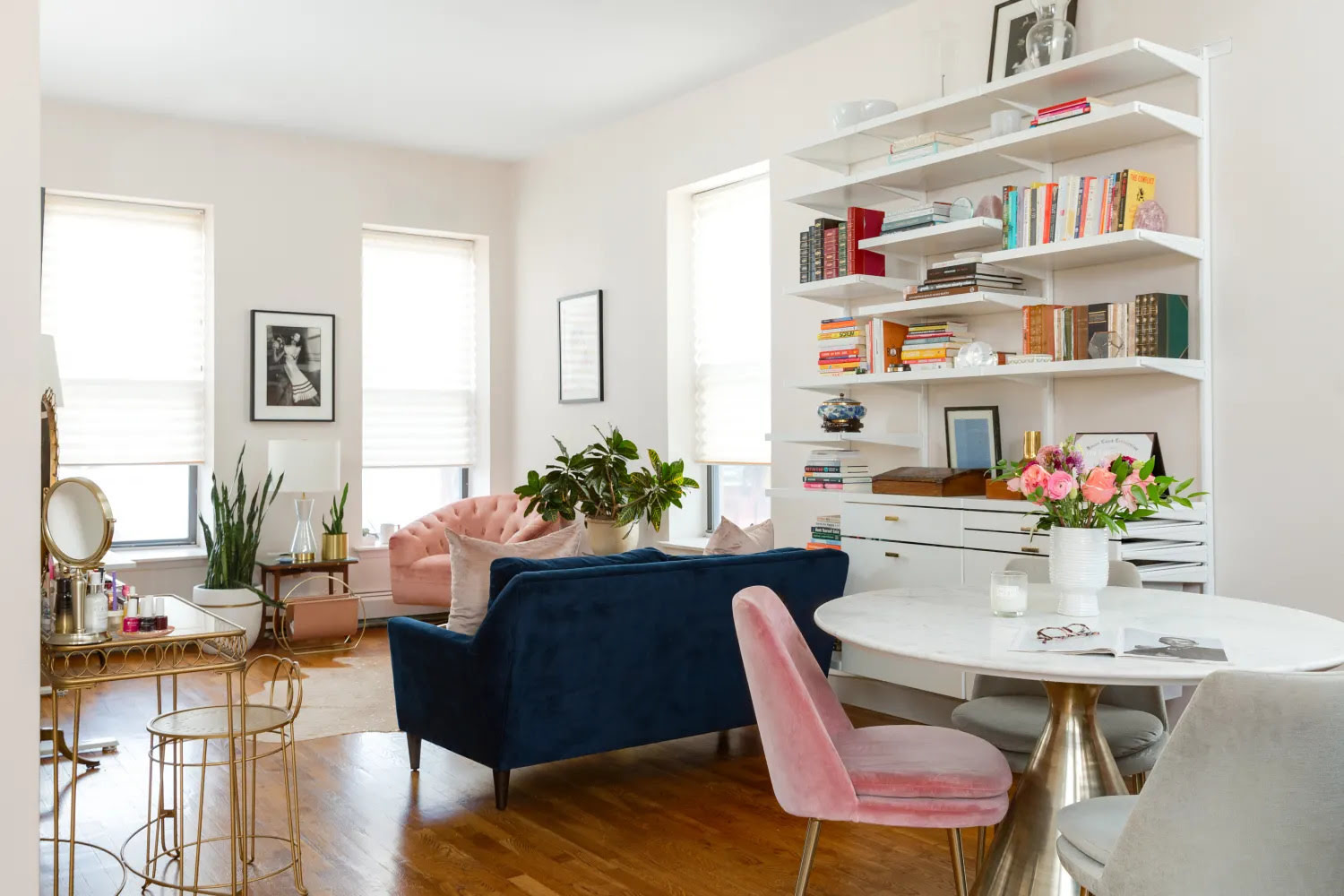
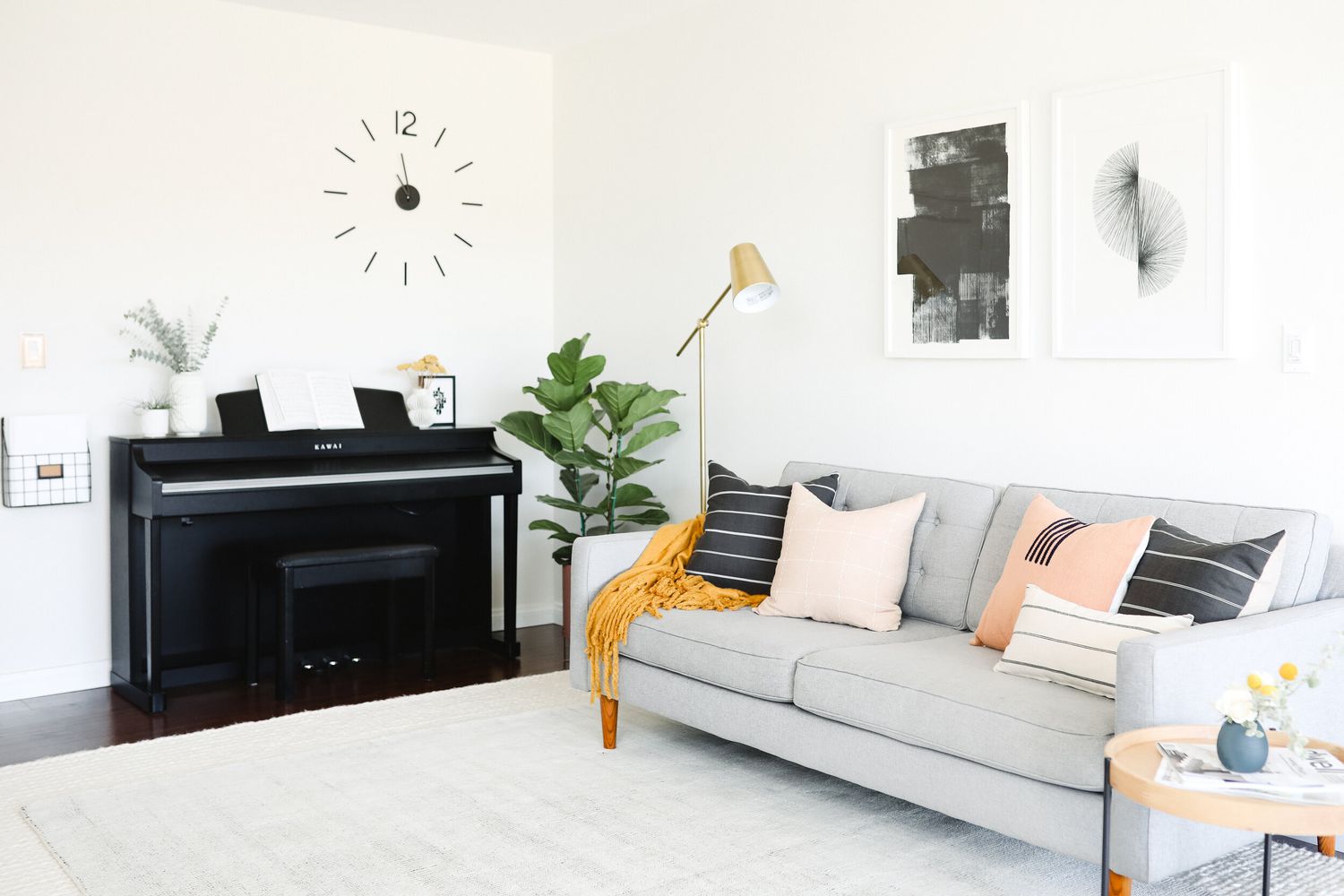
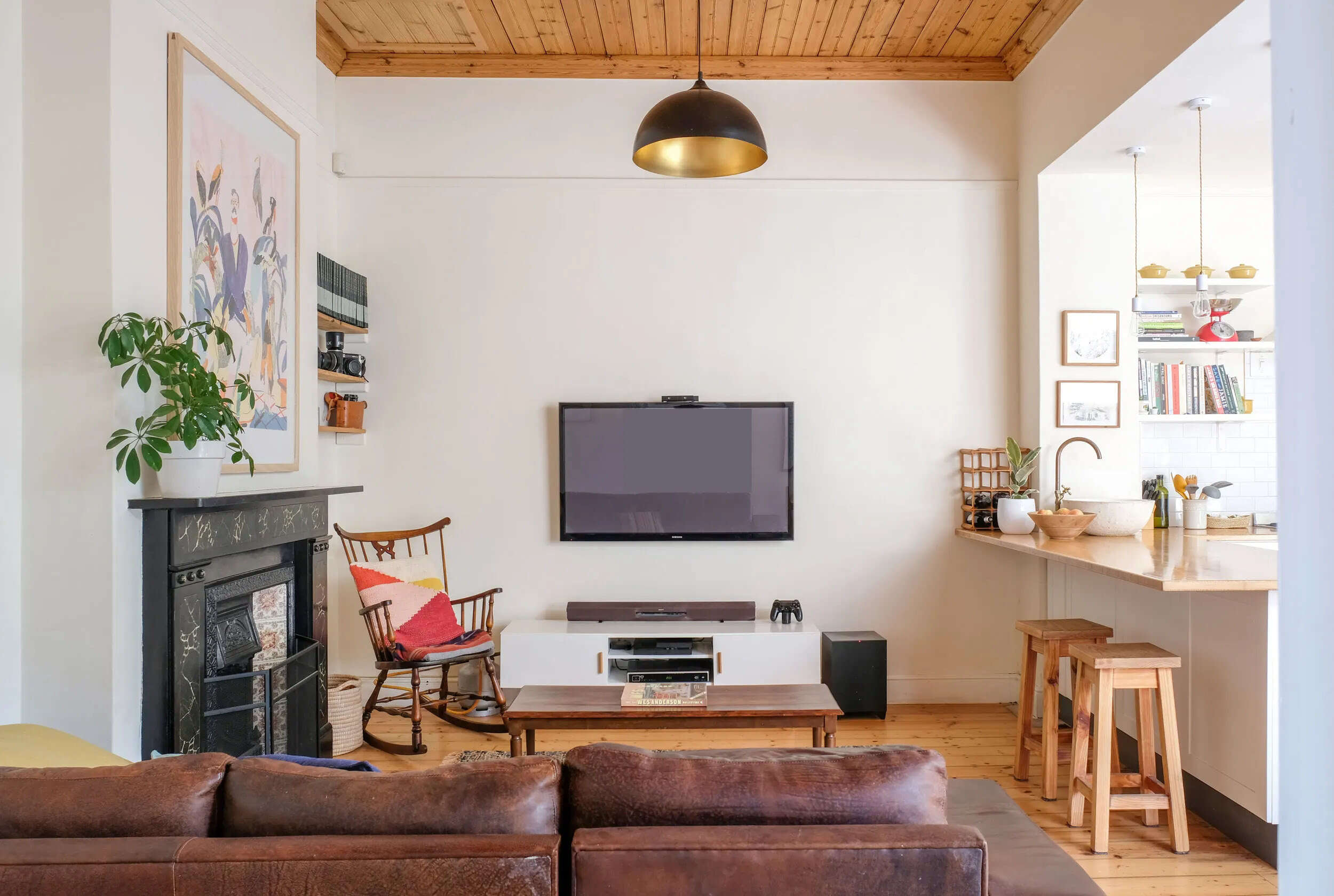
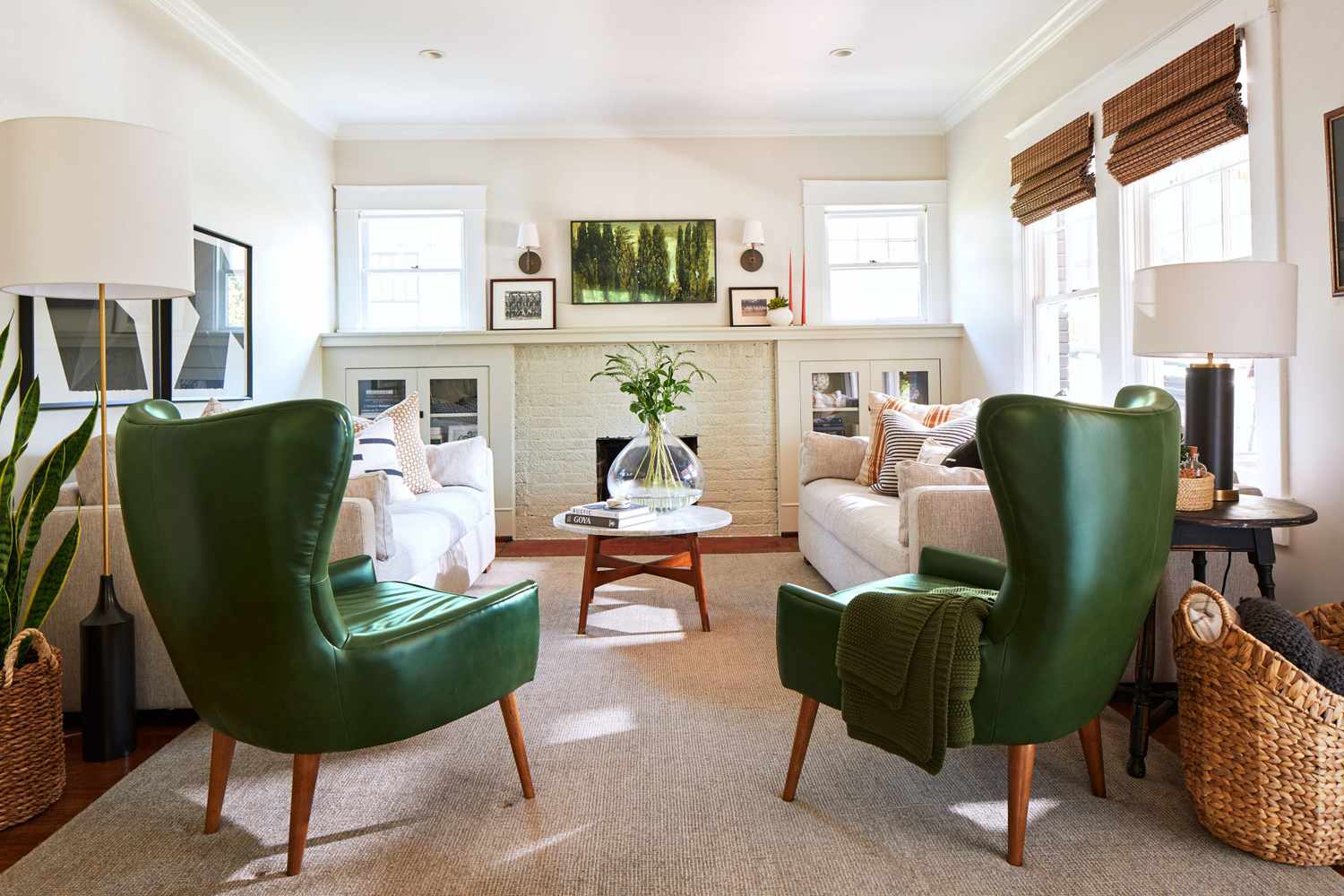
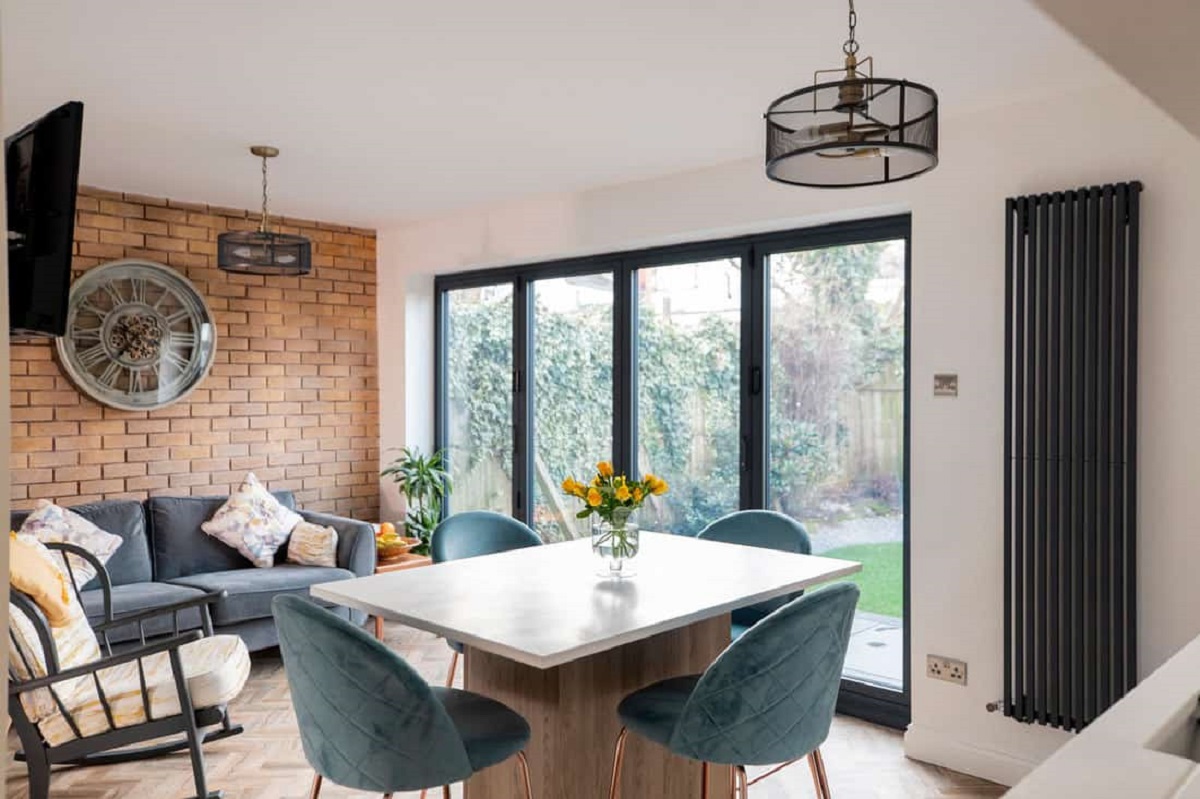
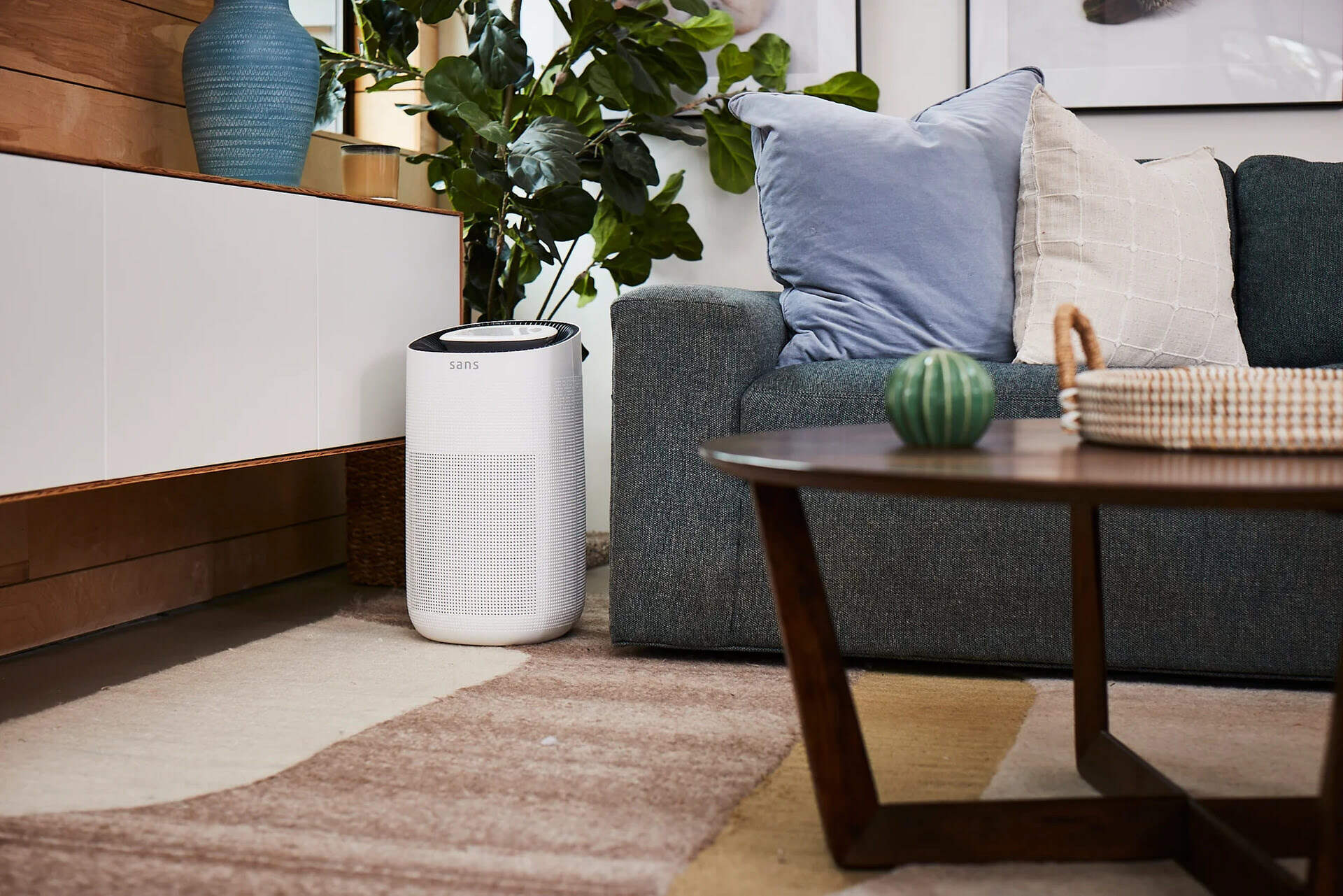
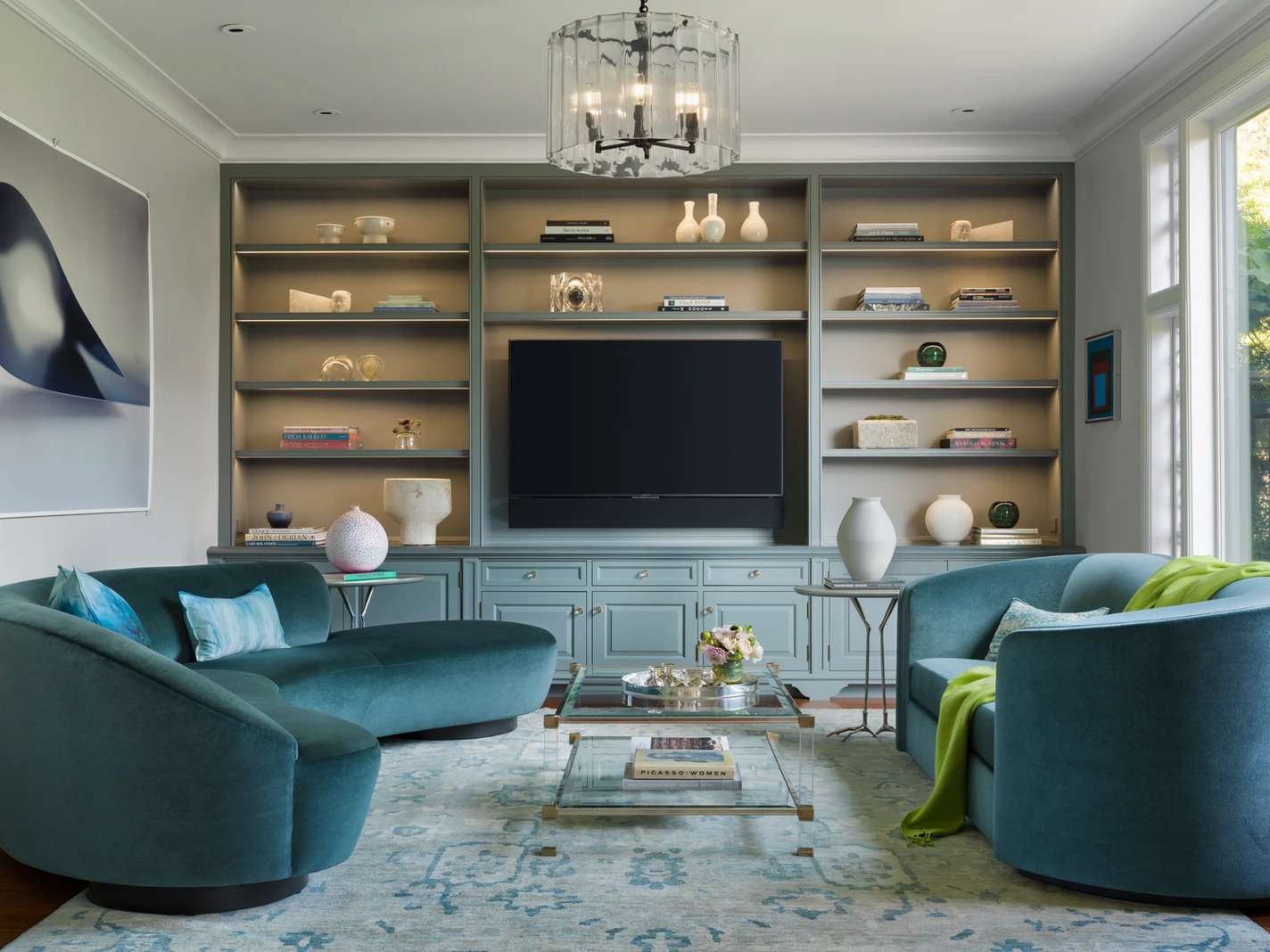
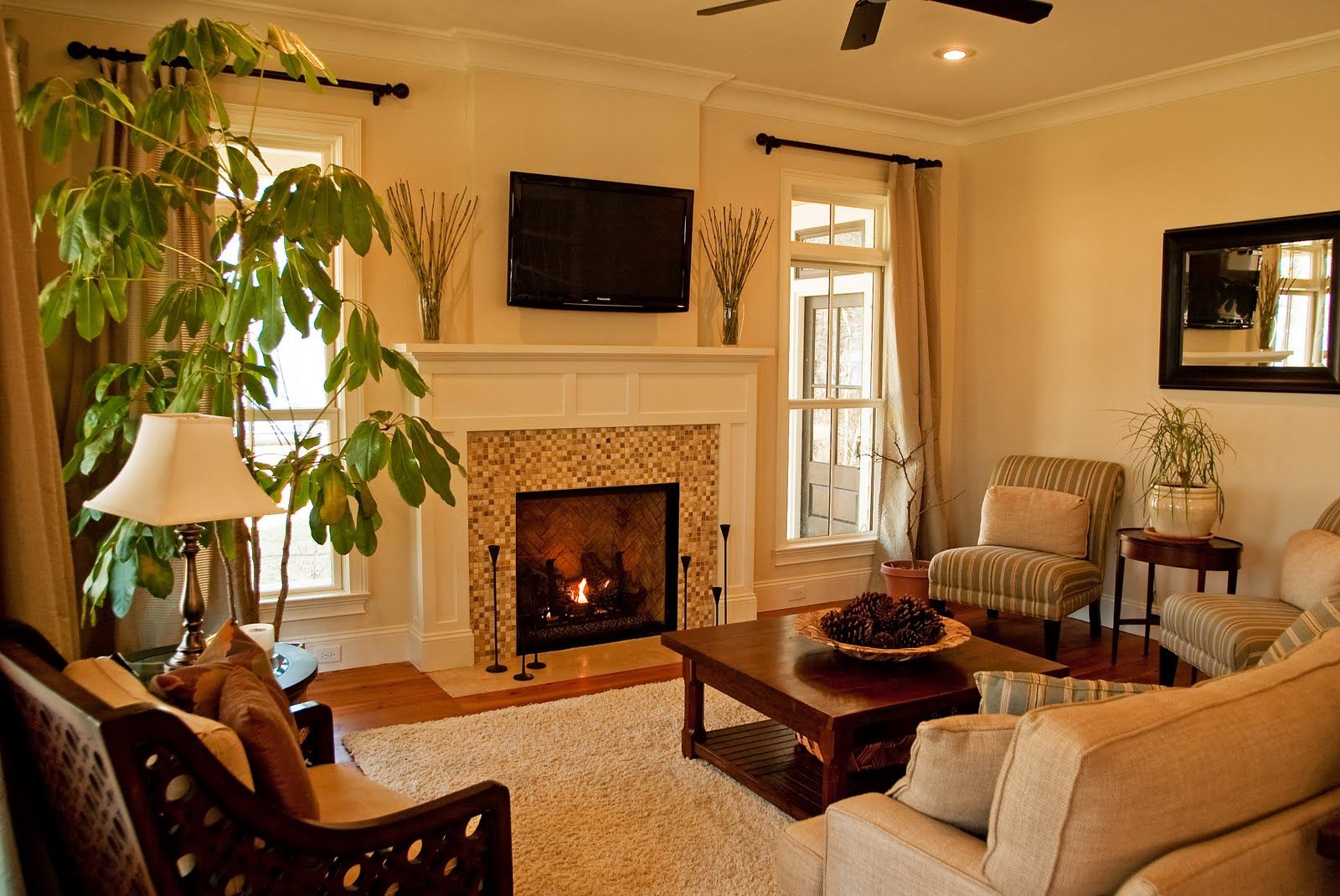
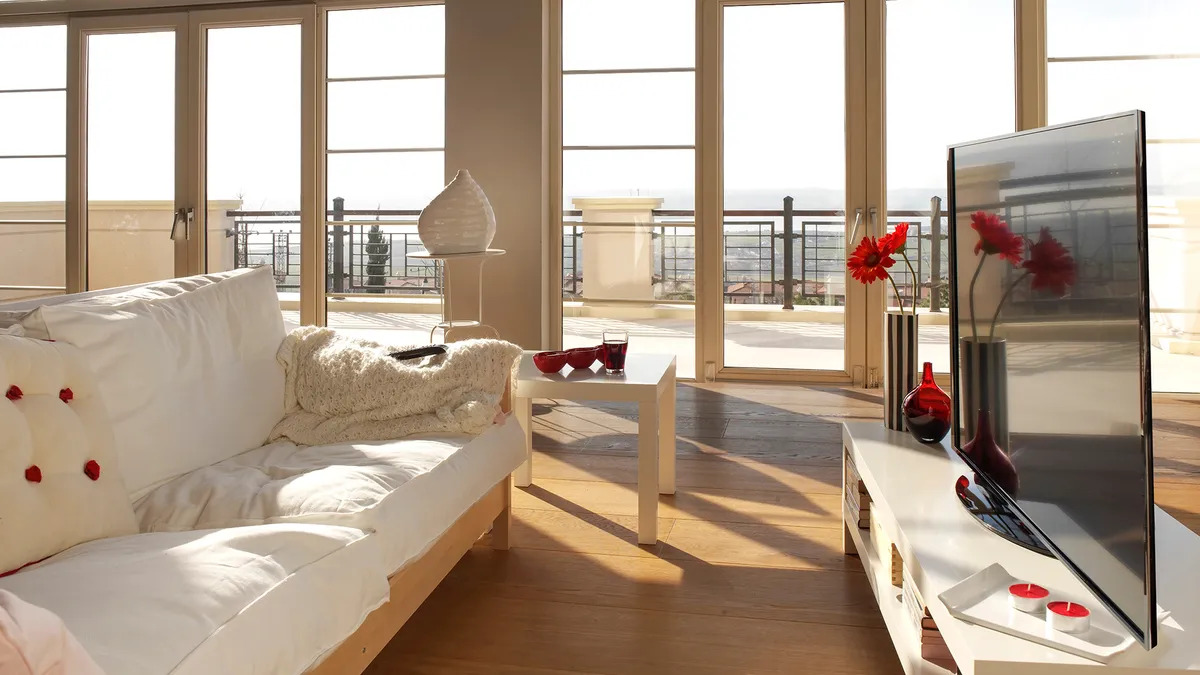

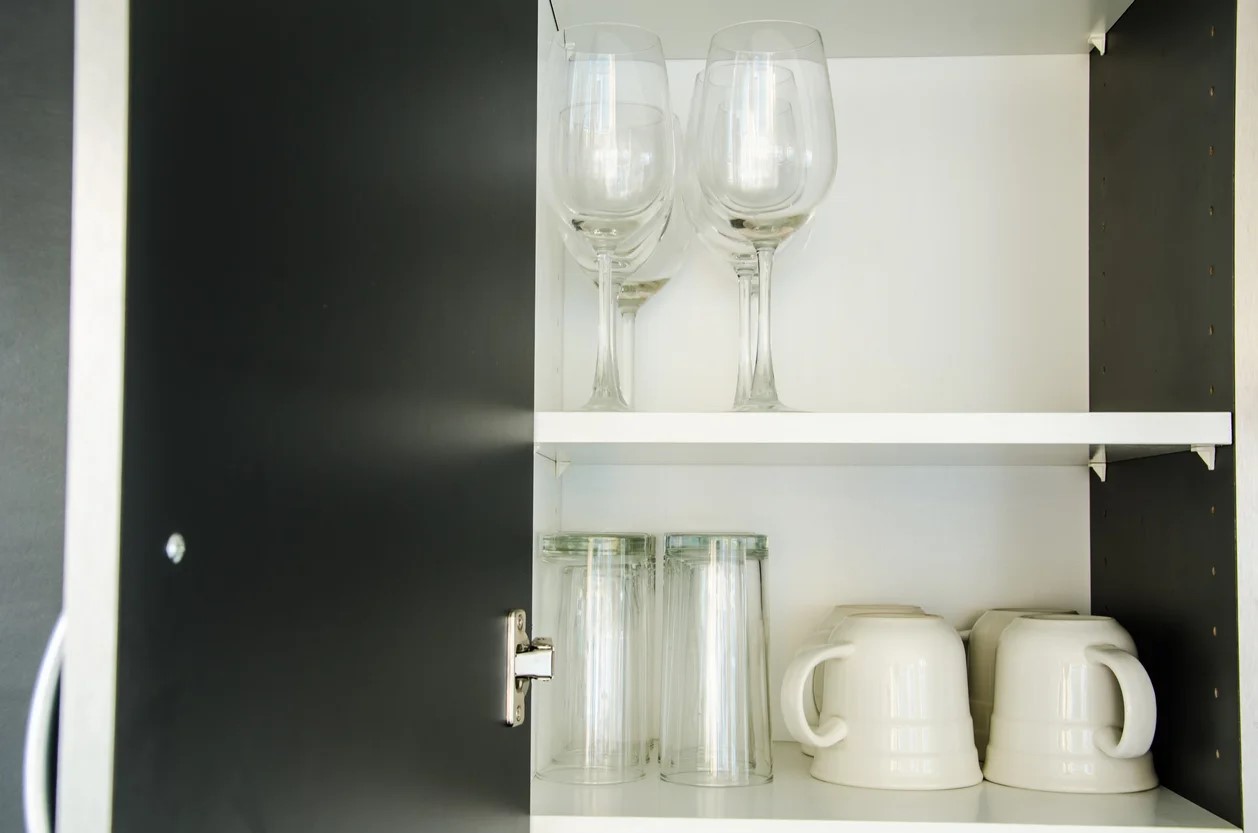
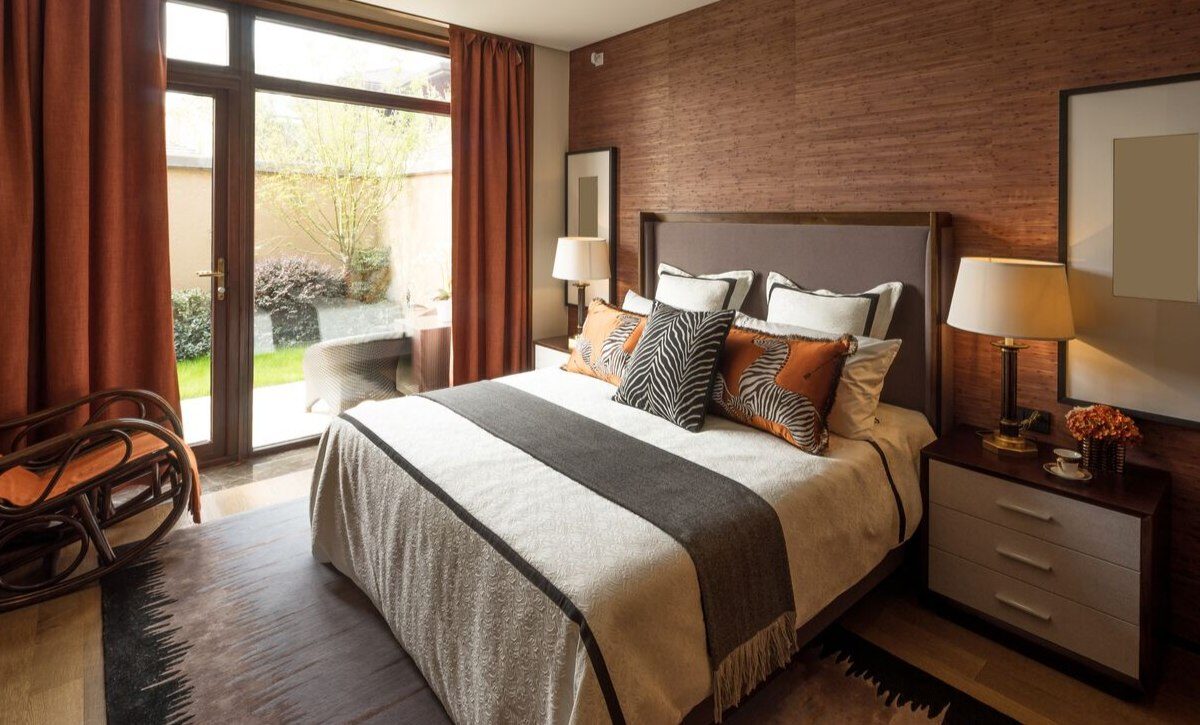
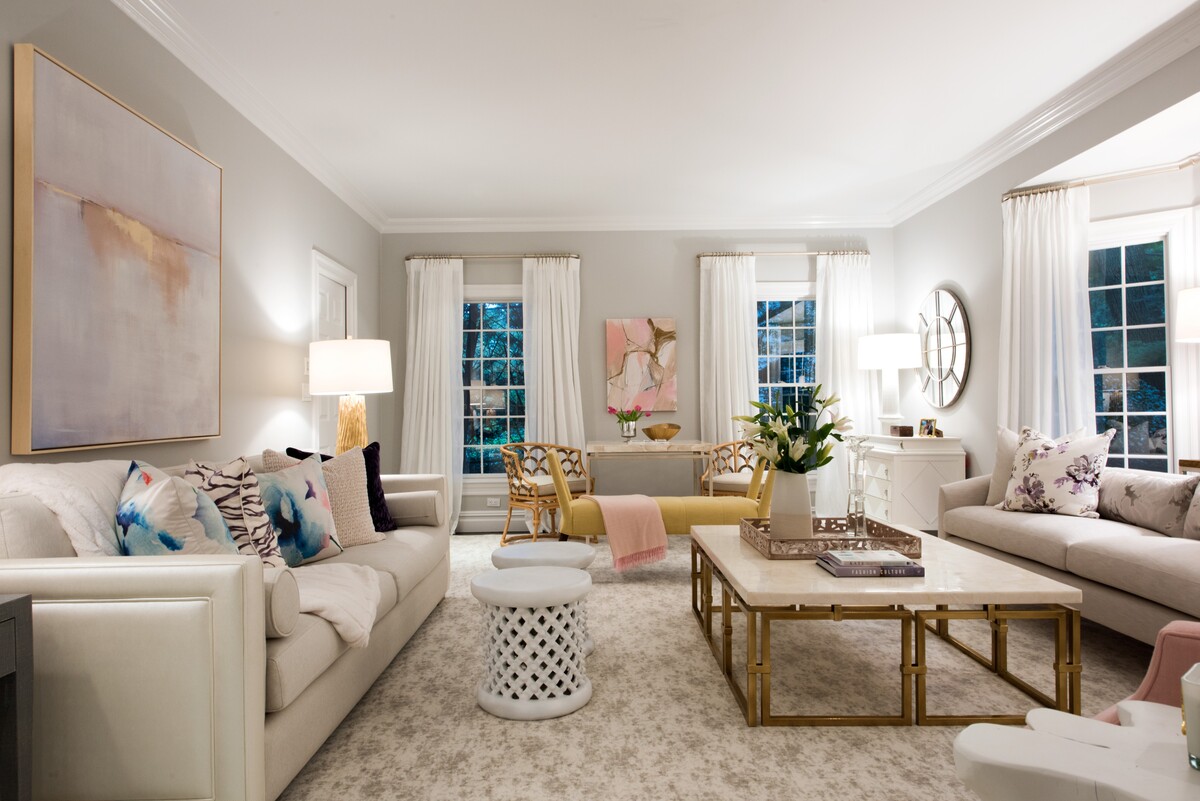

0 thoughts on “Where Should A TV Be Placed In A Living Room”